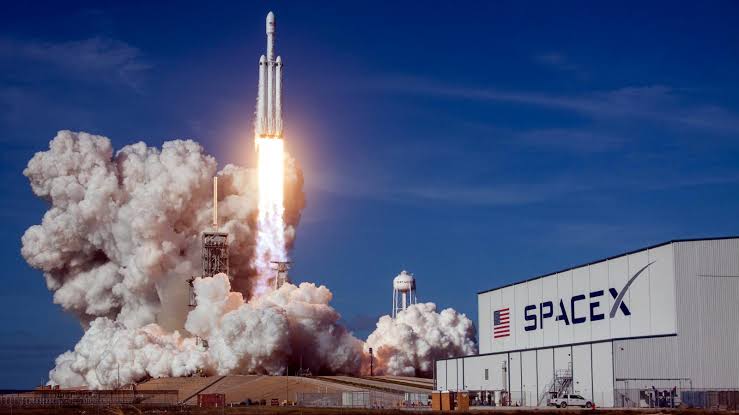Elon Musk’s Space X Starship Rocket Test Ends In Another Failure!

Elon Musk’s Space X Starship Rocket Test Ends In Another Failure! Space X Chief Elon Musk confirmed on Twitter Tuesday that the latest prototype of the company’s Starship rocket series had crashed, after the video feed of its test flight cut out. “At least the crater is in the right place!” he joked, in acknowledging the fourth failed test of the prototype. “Something significant happened shortly after landing burn start. Should know what it was once we can examine the bits later today.” he added.
“We lost the clock at T plus five minutes, 49 seconds,” said announcer John Insprucker, meaning the amount of time that had passed after lift-off. “Looks like we’ve had another exciting test of Starship Number 11.” he added.
Eventually, Space X plans to combine the Starship spaceship with a Super Heavy rocket, creating a fully reusable system. This final version will stand 394 feet (120 meters) tall and will be able to carry 100 metric tonnes into Earth orbit—the most powerful launch vehicle ever developed.
Space Exploration Technologies Corp. (Space X) is an American aerospace manufacturer and space transportation services company headquartered in Hawthorne, California. It was founded in 2002 by Elon Musk with the goal of reducing space transportation costs to enable the colonisation of Mars. Space X manufactures the Falcon 9 and Falcon Heavy launch vehicles, several rocket engines, Dragon cargo and crew spacecraft and Starlink satellites.
Starship is the fully reusable spacecraft and second stage of the Starship system. It offers an integrated payload section and is capable of carrying passengers and cargo to Earth orbit, planetary destinations, and between destinations on Earth.
The system is composed of a booster stage, named Super Heavy, and a second stage, also referred to as “Starship”. The second stage is being designed as a long-duration cargo, and eventually, passenger-carrying spacecraft. The spacecraft will serve as both the second stage and the in-space long-duration orbital spaceship.
In June 2019, Space X indicated they could potentially launch commercial payloads using Starship as early as 2021. In April 2020, NASA selected a modified crew-rated Starship system as one of three potential lunar landing system design concepts to receive funding for a 10-month-long initial design phase for the NASA Artemis program. As of March 2021, Space X is conducting atmospheric flights to 10 km altitude with Starship prototypes.




